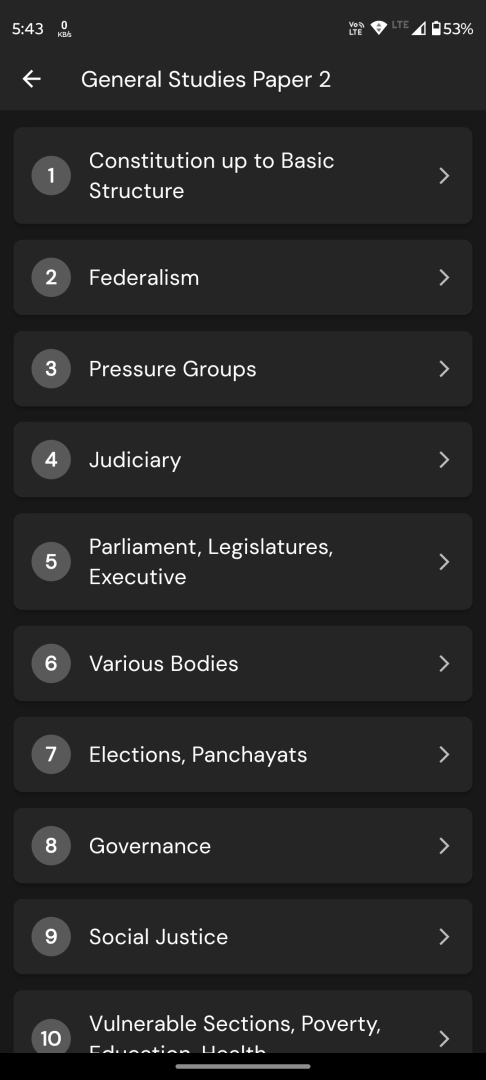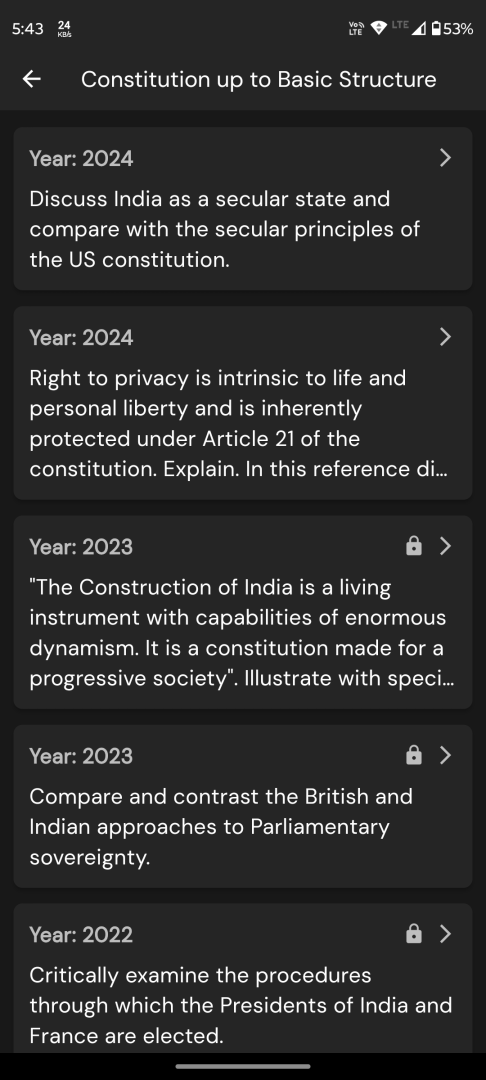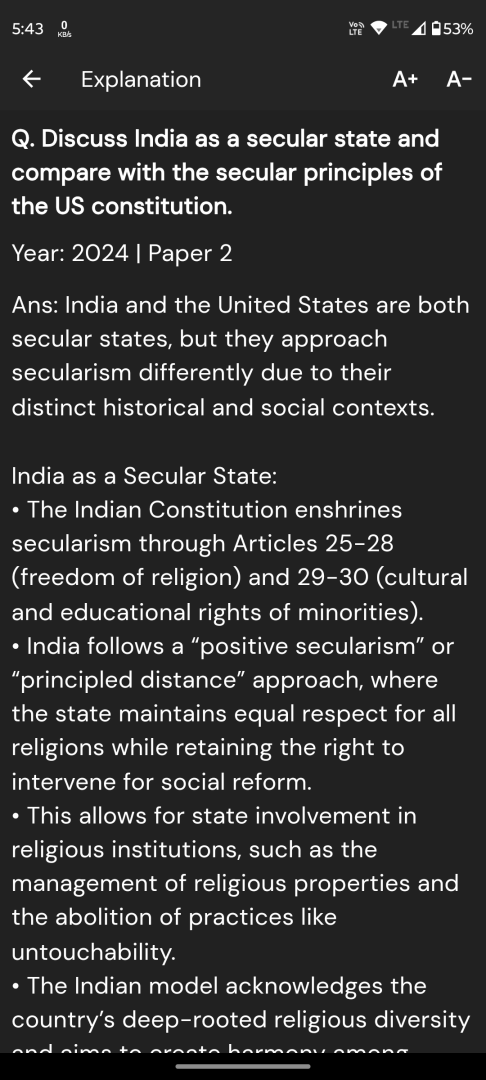Paragraph: In only 50 years, the world’s consumption of raw materials has nearly quadrupled, to more than 100 billion tons.
In only 50 years, the world’s consumption of raw materials has nearly quadrupled, to more than 100 billion tons. Less than 9% of this is reused. Batteries of old vehicles contain materials such as lithium, cobalt, manganese and nickel that are pricey and can be hard to obtain. Supply chains are long and complicated. Buyers’ risks are being aggravated by their suppliers’ poor environmental and labour standards. Reusing materials makes sense. Once batteries reach the ends of their lives, they should go back to a factory where their ingredients can be recovered and put into new batteries.
Q1. Which one of the following statements best reflects the most logical, rational and pragmatic message conveyed by the passage?
(a) Green economy is not possible without reusing critical minerals.
(b) Every sector of economy should adapt the reuse of material resources immediately.
(c) Circular economy can be beneficial for sustainable growth.
(d) Circular use of material resources is the only option for some industries for their survival.
Q2. With reference to the above passage, the following assumptions have been made:
I. Automobile factories are examples of the circular economy.
II. Economic growth is compatible with circular use of mineral resources.
Which of the above assumptions is/are valid?
(a) I only
(b) II only
(c) Both I and II
(d) Neither I nor II
UPSC Prelims 2025 CSAT
Q1. Correct Answer: (c) Circular economy can be beneficial for sustainable growth.
Explanation: The passage highlights the rapid increase in global consumption of raw materials and the low rate of reuse. It specifically mentions the example of vehicle batteries, emphasizing the importance and benefits of recycling valuable materials like lithium, cobalt, manganese, and nickel. The passage suggests that reusing these materials makes practical sense, as it reduces dependency on complicated supply chains and mitigates environmental and labor risks. Thus, the most logical, rational, and pragmatic message conveyed by the passage is that adopting a circular economy—where materials are reused and recycled—can be beneficial for sustainable growth.
Option (a) is incorrect because the passage does not explicitly state that a green economy is impossible without reusing critical minerals. It only emphasizes the benefits of reuse.
Option (b) is incorrect because the passage does not suggest that every sector must immediately adopt reuse practices. It specifically discusses batteries and critical minerals.
Option (d) is incorrect because the passage does not claim that circular use of resources is the only option for survival. It merely highlights the benefits and practicality of reuse.
Thus, option (c) is the most appropriate choice.
Q2. Correct Answer: (b) II only
Explanation: Assumption I: “Automobile factories are examples of the circular economy.” This assumption is invalid. The passage does not explicitly or implicitly state that automobile factories currently exemplify circular economy practices. It only suggests that once batteries reach the end of their lives, they should ideally be recycled. This does not imply that automobile factories themselves are already examples of circular economy practices.
Assumption II: “Economic growth is compatible with circular use of mineral resources.” This assumption is valid. The passage clearly suggests that reusing materials (circular economy) makes economic sense, as it reduces dependency on complicated supply chains, mitigates risks, and recovers valuable materials. Thus, it implicitly assumes that economic growth and circular use of resources can coexist and complement each other.
Therefore, only assumption II is valid, making option (b) the correct choice.





